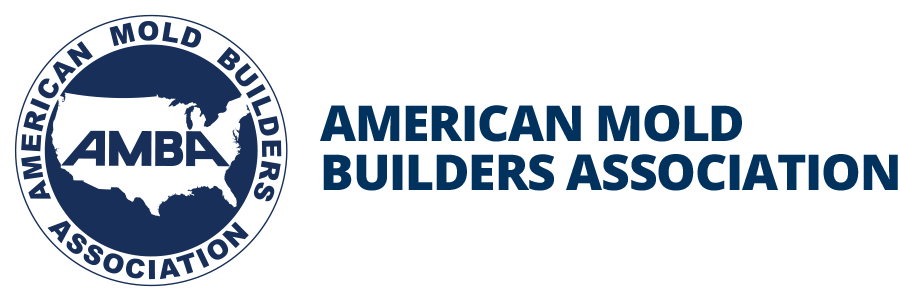2021 Expert Insights - WayPoint Communications
The below blog post was produced for AMBA Expert Insights: An Industry Blog, which features technical expertise and content provided by AMBA's Premier Partners.
Content: Why is it so important and how do I create it?
By Shelly Otenbaker, president, WayPoint Marketing Communications
As in many industries, the B2B sales and marketing landscape has significantly changed in the last 12 months for manufacturing. Many of the tools and techniques traditionally used to find and convert leads are simply not available or possible now. But one tool – content marketing – has proven to deliver resounding success.
What is Content Marketing?
Content marketing is a strategic marketing approach focused on creating and distributing valuable, relevant and consistent content to attract and retain a clearly defined audience. In other words, in content marketing you are providing relevant information that helps customers solve issues and problems rather than selling your solutions.
Why is Content Marketing Important?
Content marketing is important because it answers your audience’s questions and delivers value – sometimes before they even know to ask the question. It helps establish your company as a leader and expert in your specific line of work. Other benefits include:
- Establishing trust and building relationships with your audience
- Generating leads and creating interest
- Improving conversions from leads to customers
- Increasing online visibility – social media and SEO
- Positioning your company as an authority in the marketplace
What Makes Good Content?
Content can come in many forms – video, blog, image, infographic or podcast – almost any form of written, visual or spoken words. The key factor is that it adds value and is meaningful to your target audiences and is shared consistently. A “one and done” approach won’t cut it. Following are examples of content that every company can create and distribute.
Case Studies
A simple tool that walks a prospect through an example of how your company has helped solve a customer’s problem. Effective case studies are concise and contain four key areas:
- Customer Profile – A 1-2 sentence introduction of your customer. This can include the company’s name or, if this is not possible, a general description of the company (e.g., a leading manufacturer of blue widgets).
- Introduce the Challenge – What was the situation or problem(s) the customer faced? Focus on the main challenge as well as the customer’s key pain points. Don’t go overboard or overcomplicate it with in-depth details or technicalities.
- Spotlight Your Solution – How were you able to specifically address the challenge(s)? Provide specifics about your company’s approach in assessing and implementing the solution. Describe how your differentiators, processes, experience, etc. solved the challenge.
- Quantifiable Results – How did your client determine the project was successful? Include any and all metrics that demonstrate how the project achieved its expectations. Also, a nice “extra” would be a quote or testimonial from the client discussing the project, your work, the results, etc.
“How To” Article
A great foundation for a how-to article is to answer a question your customer may have. Step into their shoes and walk through the customer journey. What questions do they have and what do they need to know to choose your company? Some examples:
- What are five characteristics of a great mold building partner?
- Quality 101 – How to build the best quality mold?
- How does technology improve build efficiency and mold quality?
- What are the benefits of investing in the right mold building partner?
Once you have the questions identified, start working on the answer – that’s the body of your article. Talk with your subject matter experts, collect data, identify helpful resources and share examples. Don’t forget – the focus isn’t about your shop or capabilities; it’s answering the question. You can include something at the end about contacting your company for more information or help in addressing their specific needs, but this is not a “sales” article.
Video Q&A
I know video seems a little scary and expensive, but today there are a ton of inexpensive tools that make it easy. All you need is your smart phone, a gimbal/stabilizer and free editing software. Still sound overwhelming? Record a virtual discussion on Zoom (also free).
Once you are armed with tools, you need to focus on the topic of your video. What adds value to your target audiences? You can use the questions from the how-to article. Can you collaborate with a supplier or partner? Maybe a fellow AMBA member! Did you recently invest in new equipment or technology? Consider a short video interview discussing the benefits – improved efficiency, shortened lead time, addresses challenges of building large molds or micro molds – with the equipment manufacturer or technology provider.
No NPE – no problem. Gather a few industry experts that you work with – materials providers, software providers, mold builders that don’t compete with you – and host a roundtable Q&A. Each participant can invite contacts from their target audiences, and you can moderate a discussion focused on key issues/trends facing the industry. This can be done live or pre-recorded using Zoom.
What About Distribution?
Now that you have created content, you need to get it out there for people to see. Here are some ways to do that:
- Post it on your website. If you have a blog, there you go. If not, look to your News or About Us pages
- Share it on your social media channels (LinkedIn, YouTube). Don’t have an online presence? Consider having one, it really is a valuable marketing tool.
- Email to your current customers. It can be a mass mailing – but be sure it’s relevant to everyone receiving it – or something provided as you have contact with customers.
- Email to your leads list. Doesn’t matter where they are in the sales cycle, providing valuable, relevant content is always a good thing. And don’t forget to include past or idle customers.
- Provide to partners/suppliers for distribution and offer to do that same for them if they have valuable content to share.
- Share internally with your team. It will not only be something they can share with their contacts but may arm them with new or different information about your company and capabilities.
- Send to an industry publication. They may not publish it but by sharing it they learn more about you and may reach out in the future when they need an expert.
The time has come – time to think about your content marketing strategy. What six pieces of content can you create and where will you use them? Once you have that identified, you are ready to start creating content. I can’t wait to see what you create – be sure to share it with me.
About Shelly Otenbaker
Shelly Otenbaker, president of Waypoint Marketing Communications, has nearly 20 years of marketing communications experience. Passionate about driving results, she takes a strategic approach to partnering with clients to determine what differentiates them from the competitor, developing impactful messages and determining the right tools to deliver those messages to key audiences. Skilled in client counsel, media relations, key message and brand development, social media, crisis management, event management, marketing communications program development, writing and editing, message development and strategy and internal communications, she is focused on cultivating relationships and connecting people.
If you have questions about content marketing, please reach out or sign up for the Waypoint Communications marketing newsletter – Porthole.




